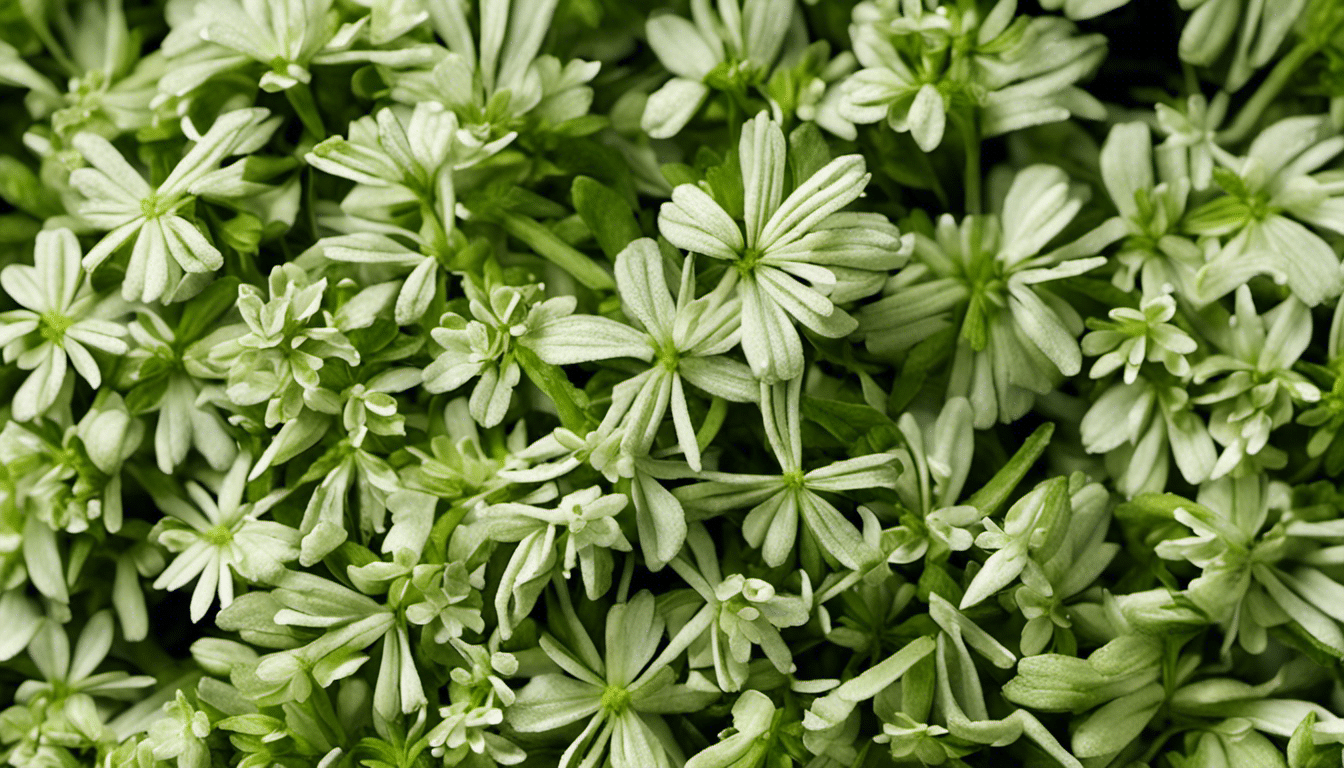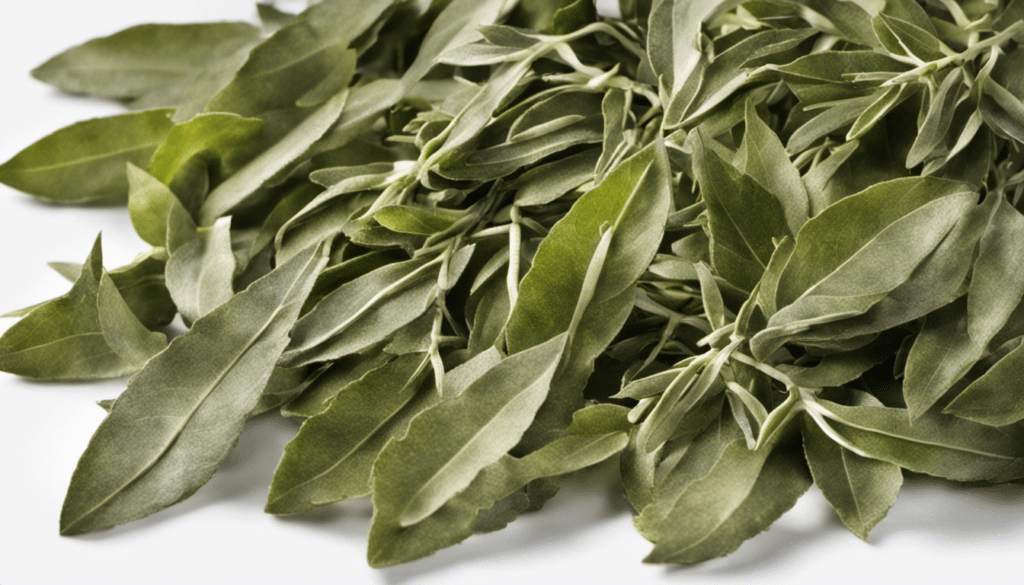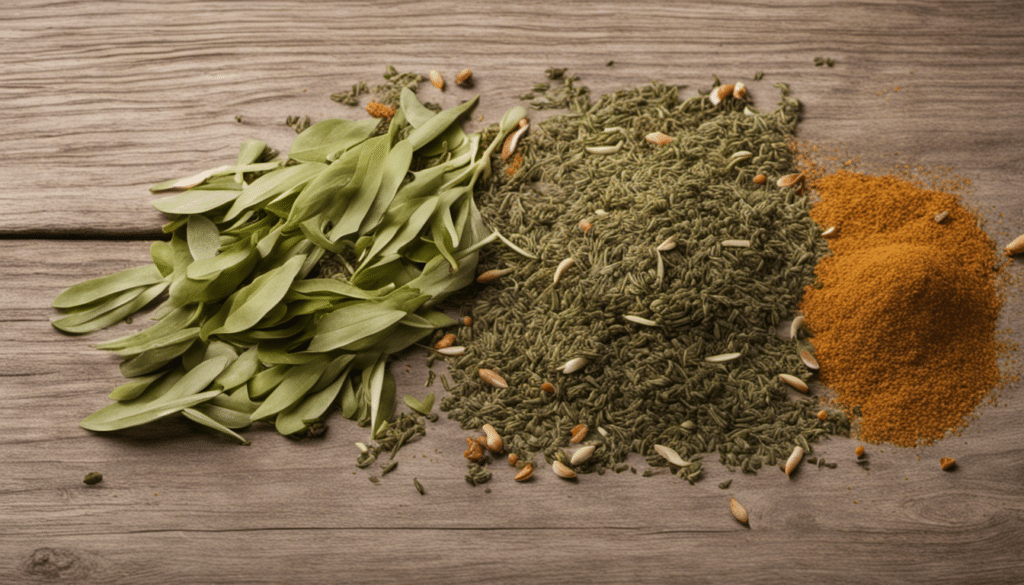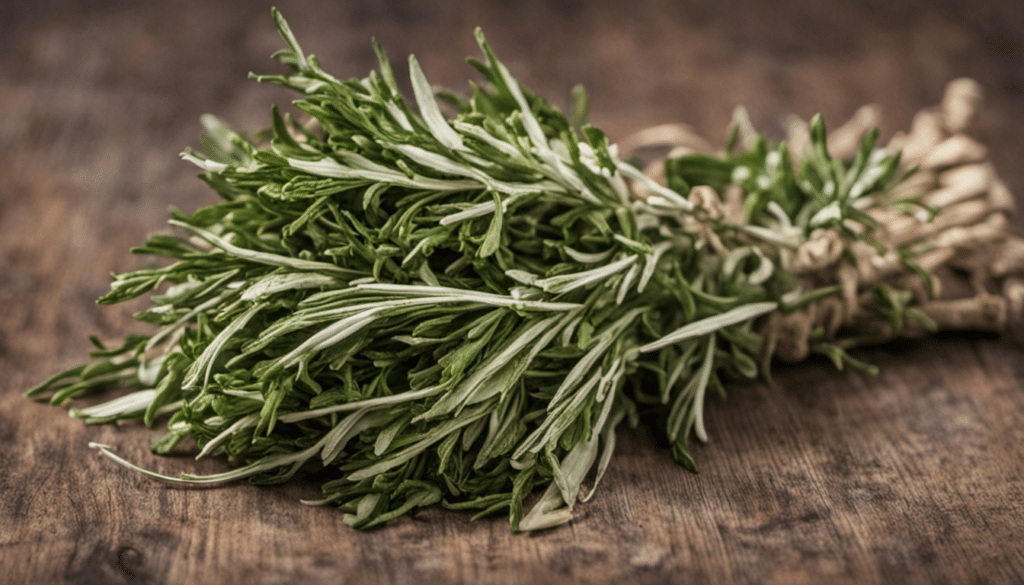Everything You Need to Know About Sweet Woodruff

A Glimpse into the Past: Origins of Sweet Woodruff
The Sweet Woodruff, also known as Galium odoratum, belongs to the Rubiaceae family and has been an essential part of European culture and natural medicine for centuries. This perennial plant is native to Europe, North Africa, and West Asia, where it proliferates in wooded areas and persists to flourish in shady, moist conditions.
Its name, Galium, originates from the Greek word ‘gala’ which means ‘milk’. This alludes to the plant’s ability to curdle milk, a unique attribute utilised by traditional communities. Sweet Woodruff, in German called Waldmeister, is also recognized by numerous other names such as Woodruff, Sweet-scented Bedstraw, and Wild Baby’s Breath, making it quite the versatile herb linguistically. [1]
Health Benefits and Culinary Uses
Sweet Woodruff’s health benefits are manifold, and it has been a staple in natural medicine. Traditional medicine has specifically used it to mitigate symptoms of various health problems such as digestion issues, liver disorders, and nervousness. It is also known for its calming effect because it contains Coumarin, a chemical compound that offers sedative benefits. [2]
However, like all good things, too much Sweet Woodruff could pose health risks, particularly liver damage. Still, the small amounts consumed in traditional dishes and beverages are usually harmless.
The herb’s culinary application is just as diverse as its medicinal uses. Sweet Woodruff plays an integral role in German May Wine, a popular traditional drink incisively linked with spring celebrations. The herb’s aromatic leaves impart a fresh, sweet flavor, making it an excellent addition to beverages and desserts. Its flowering tops are also edible, often used to garnish salads to add a pleasant aroma.[3]
A Symbol of Striking Aroma
Sweet Woodruff’s distinguishing feature is the striking aroma it emanates when dried. This scent is frequently compared to freshly mowed hay or vanilla. Back in the day, the herb was popularly strewn in churches and homes to replace unpleasant odors, while bookbinders utilized it to protect their books from insects and to impart pleasant scents to their works. Similarly, the fragrance industry relies on its unique scent for perfume production, solidifying Sweet Woodruff as a symbol of pleasant aromas.[4]
Sweet Woodruff Recipe Ideas
- Sweet Woodruff Syrup
- Spring Panna Cotta with Sweet Woodruff
- Sweet Woodruff Punch
- German May Wine with Sweet Woodruff
- Sweet Woodruff Ice Cream
- Homemade Sweet Woodruff Jelly
- Sweet Woodruff and Lemon Cookies
- Sweet Woodruff Infused Vodka
- Vanilla Mousse with Sweet Woodruff Flavor
- Sweet Woodruff Iced Tea



